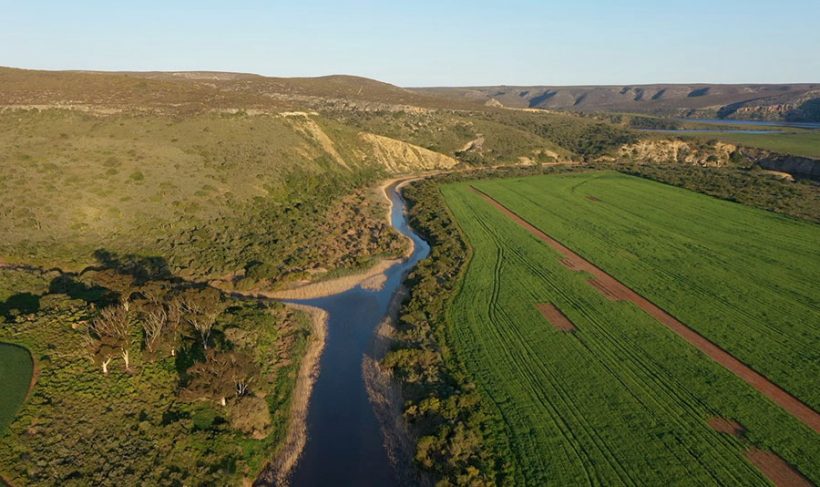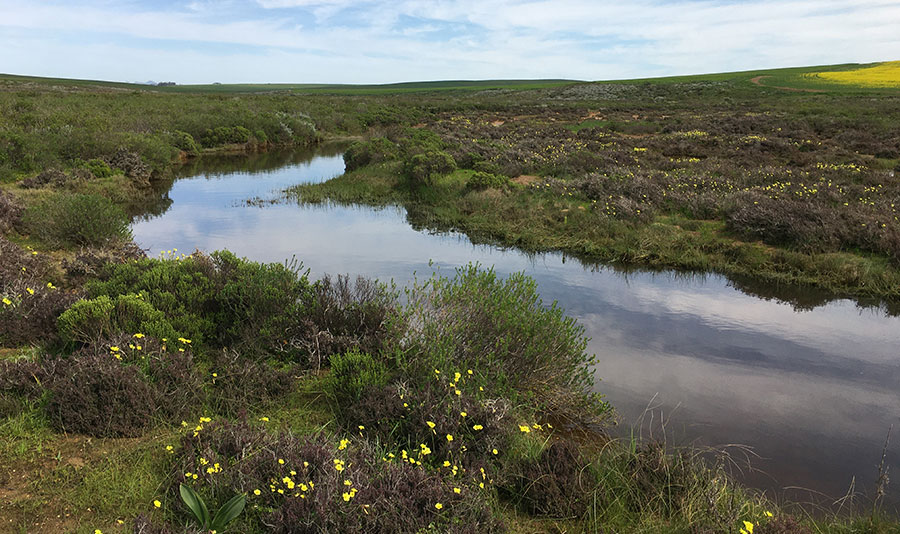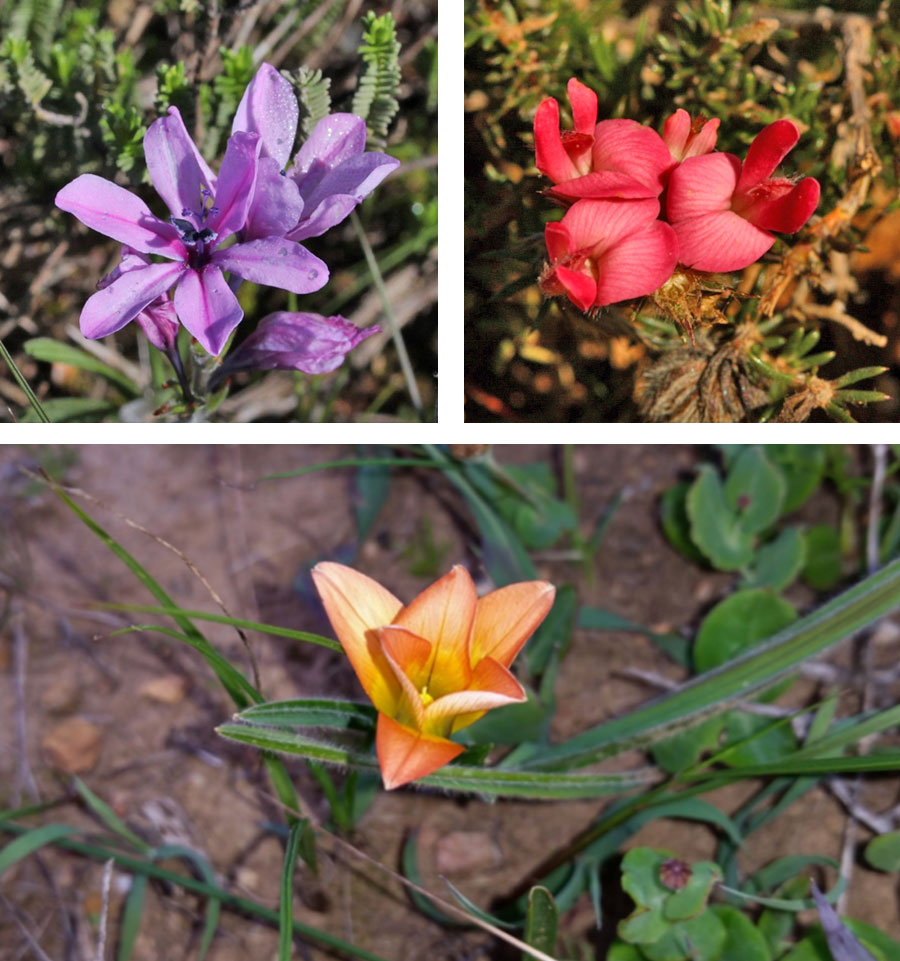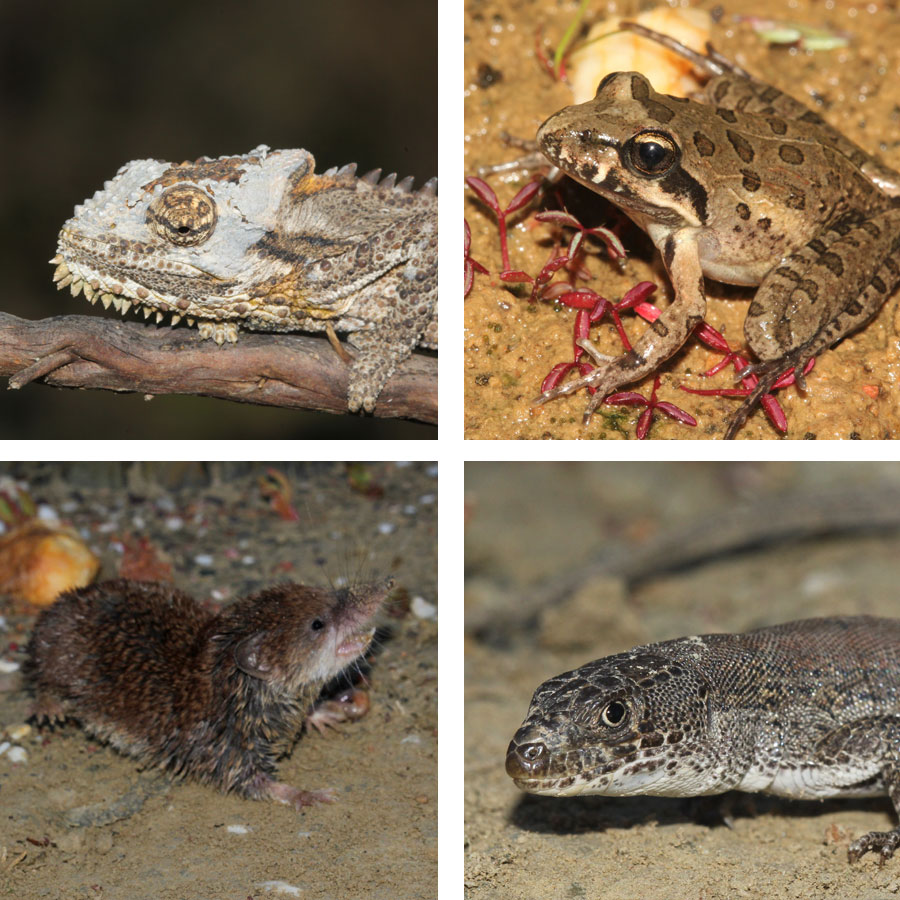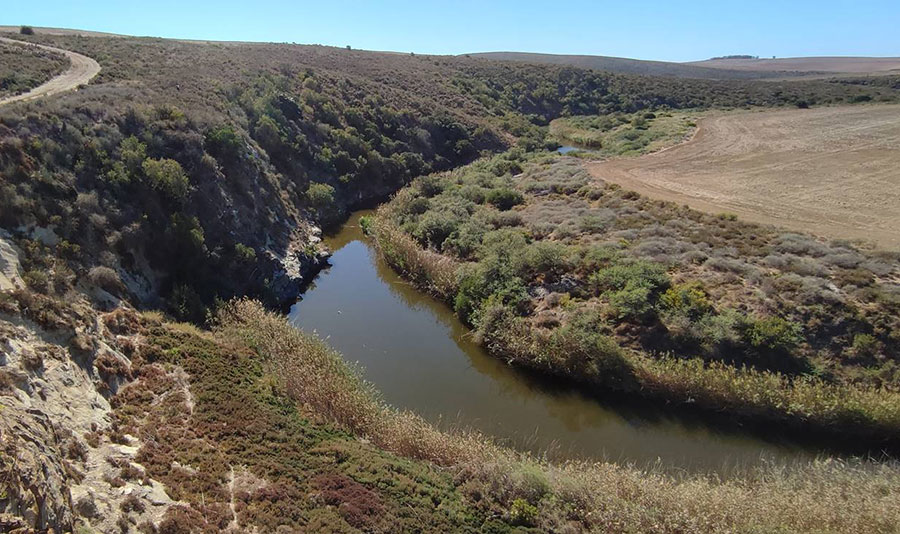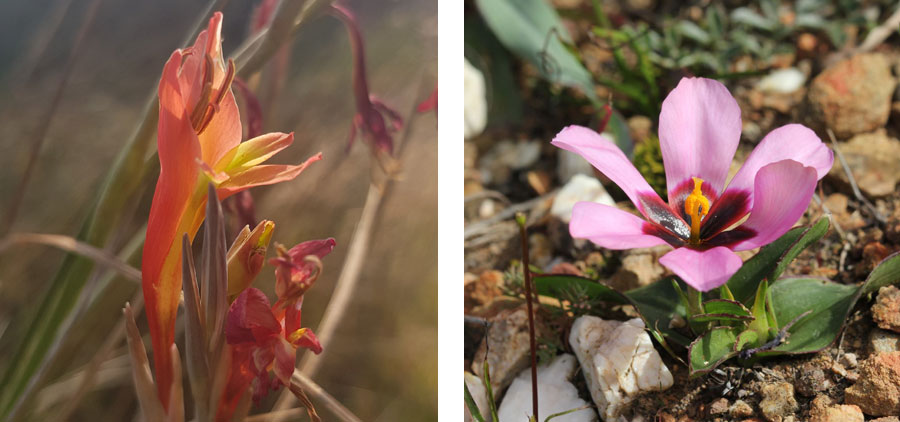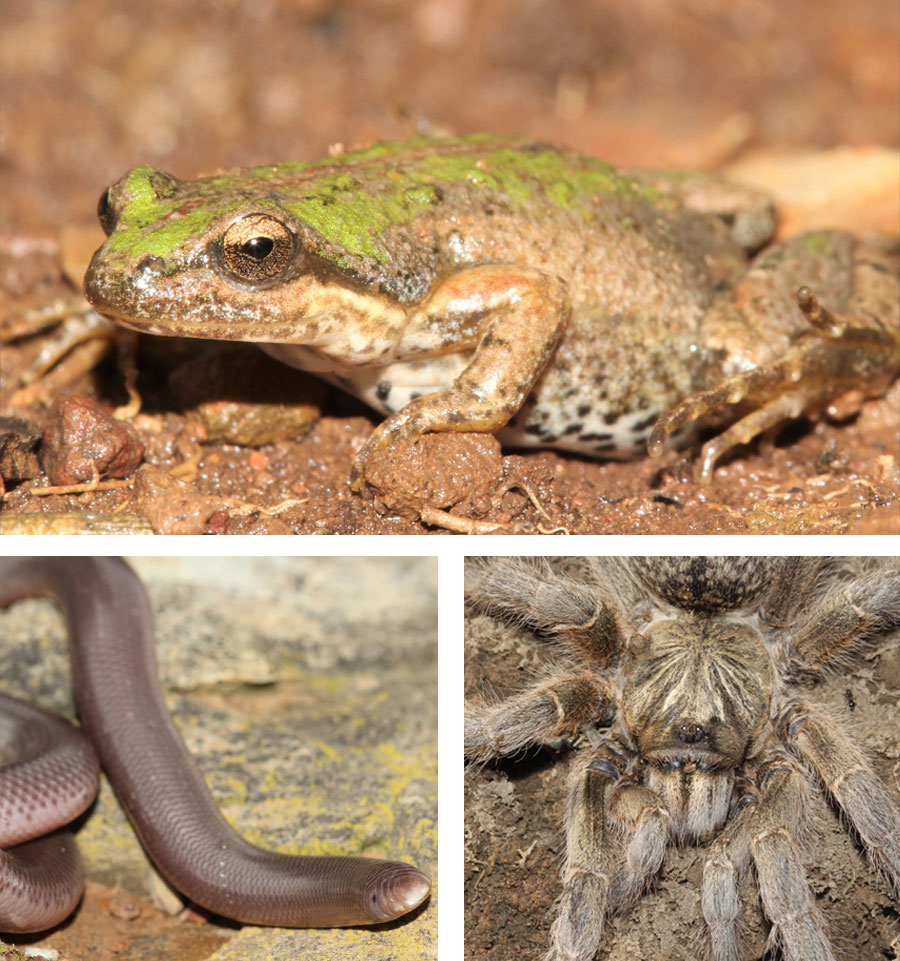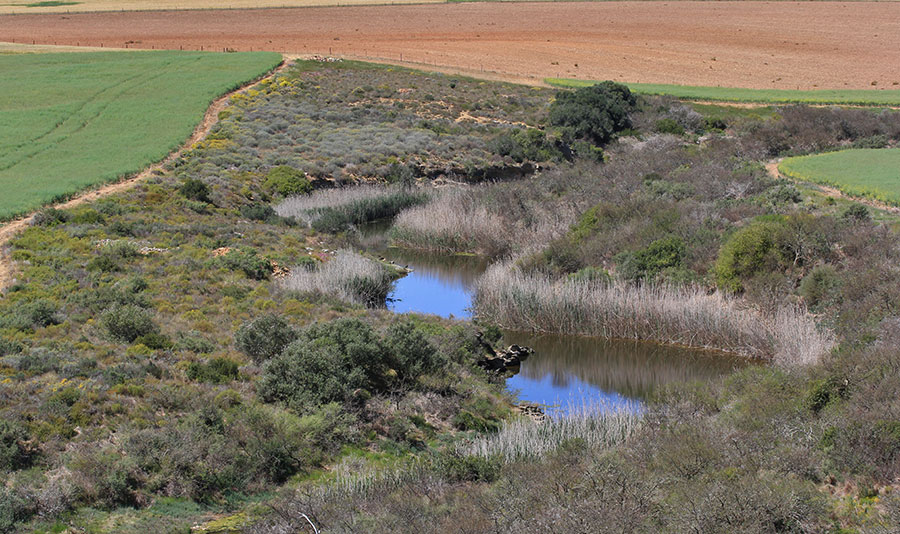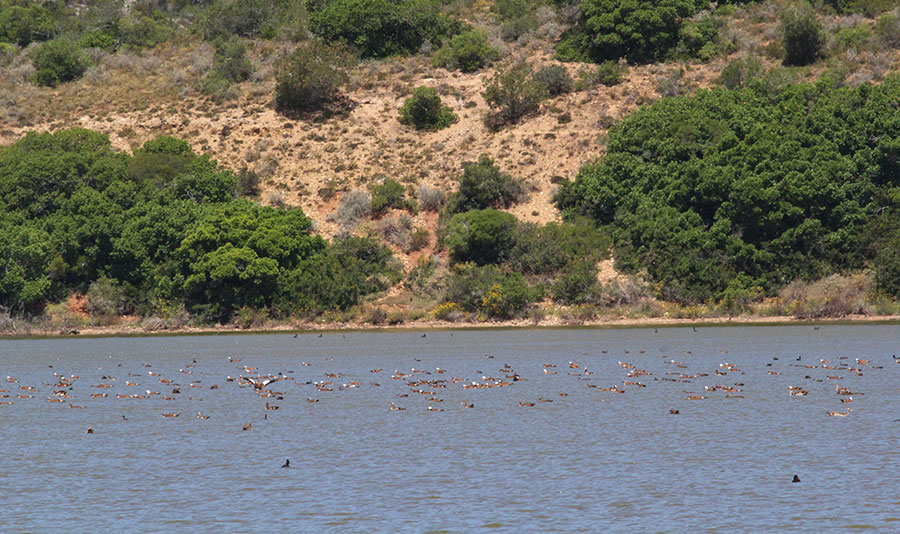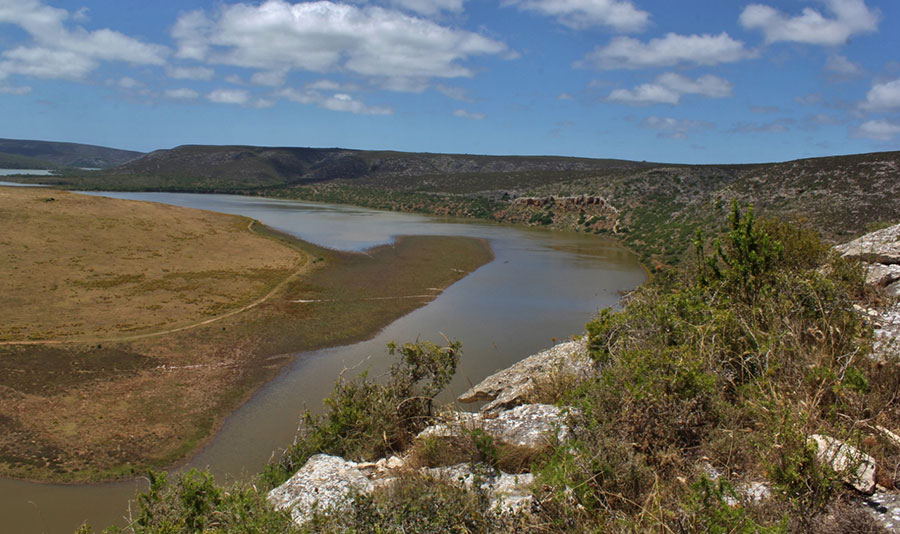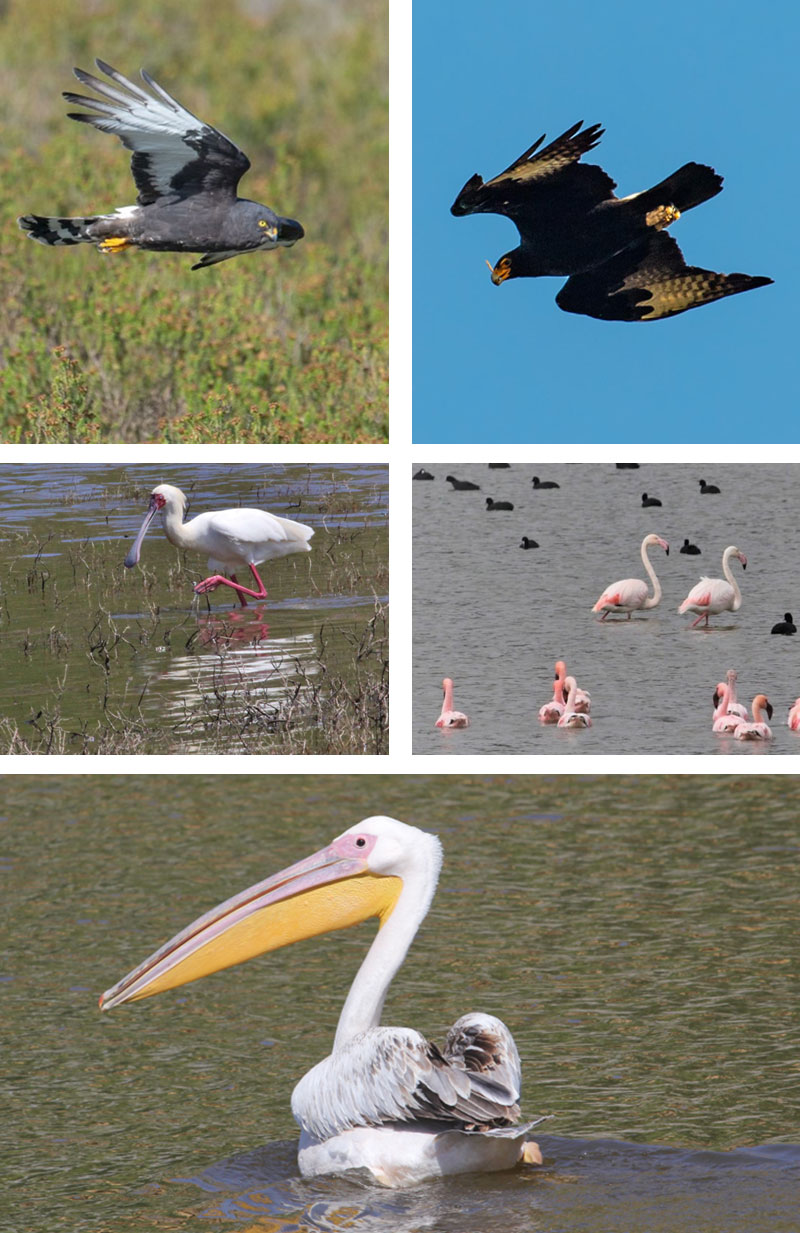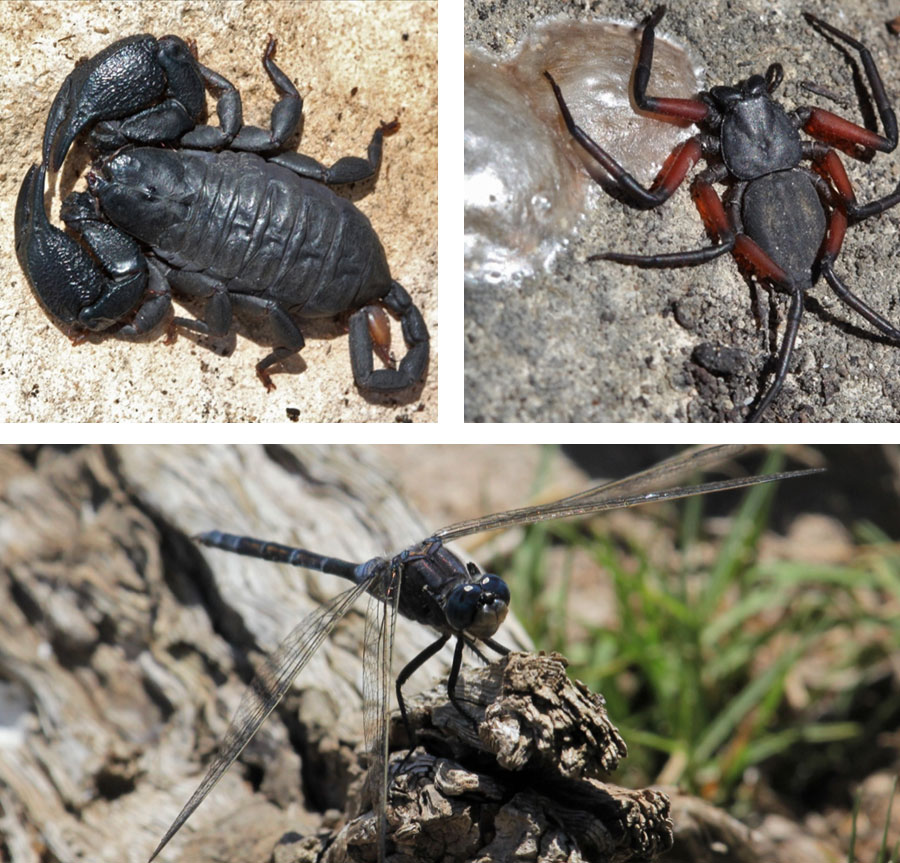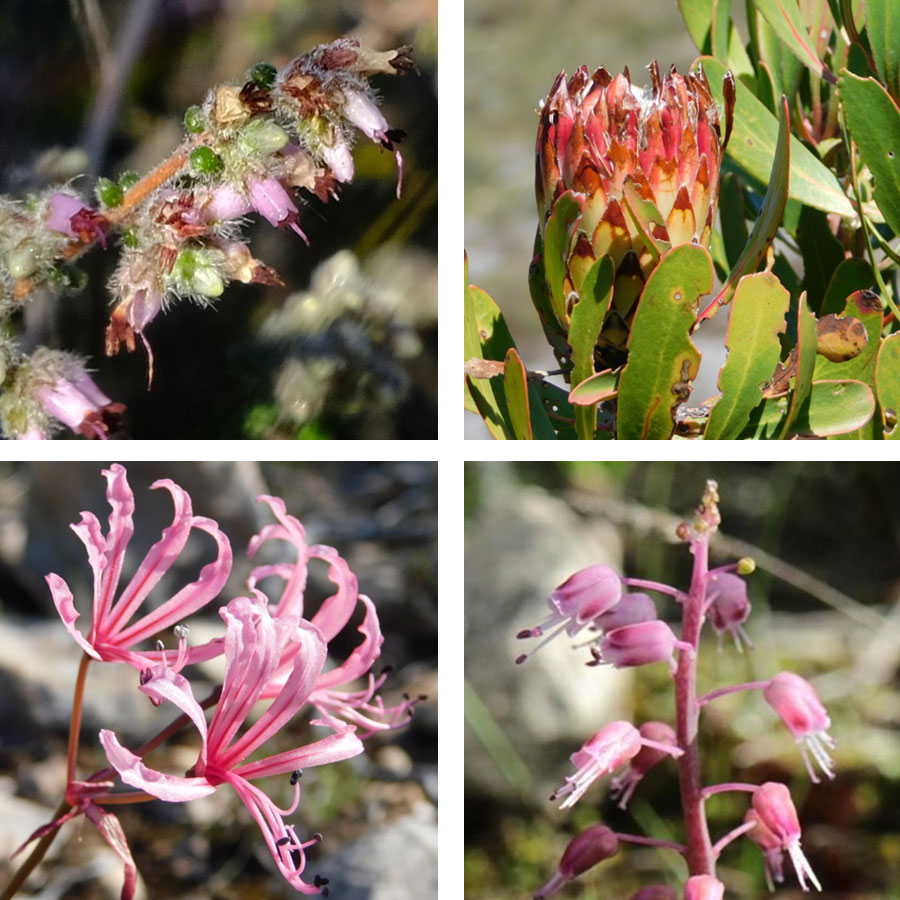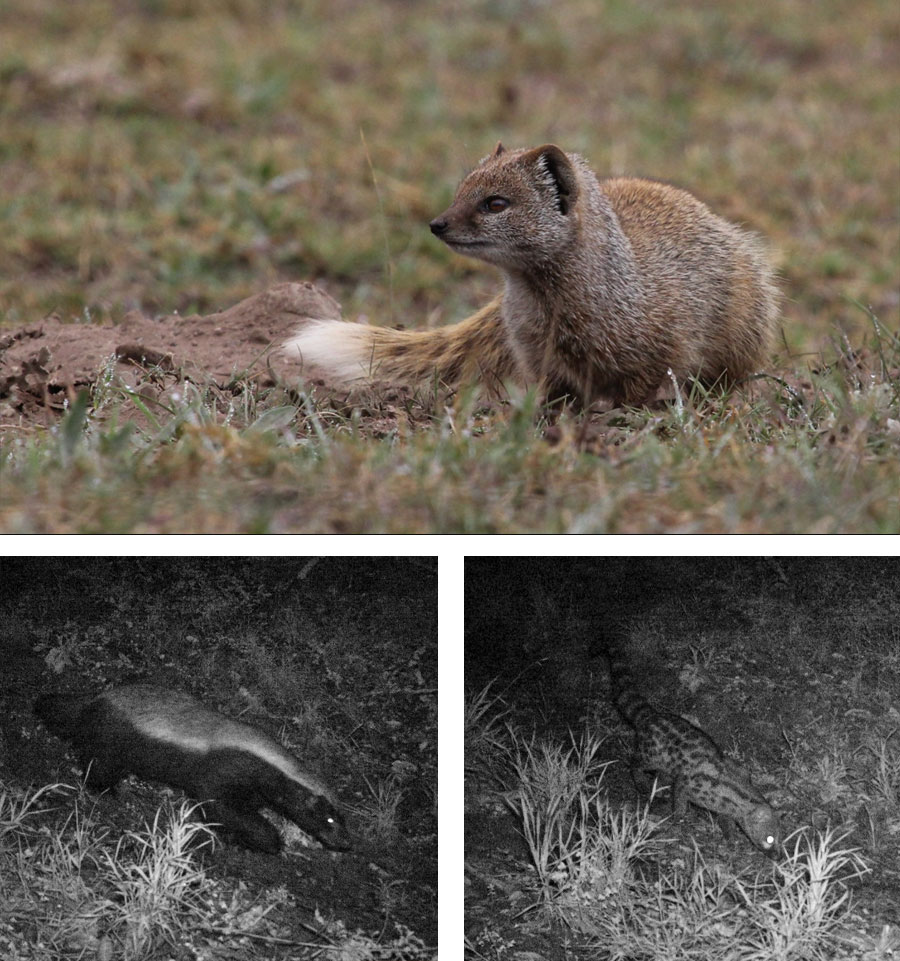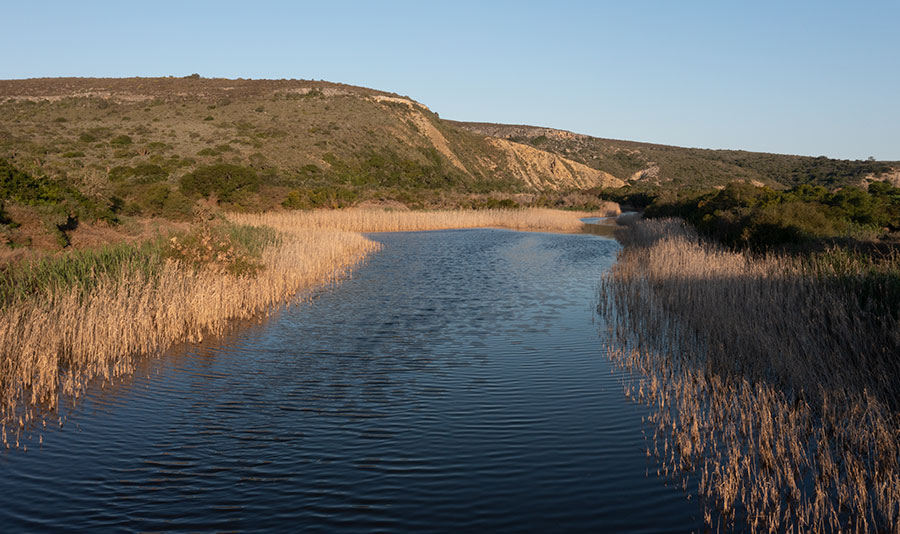By Nande Notyalwa
Within the Overberg’s Central Rûens flows a river connecting an incredible diversity of life, teeming with small mammals, birds, reptiles, amphibians, and insects. Flowing through the patchwork quilt of agricultural land and Renosterveld fragments, this river provides a crucial life-support system to a severely threatened ecosystem.
The Soutrivier (or Salt River) is no more than a rivulet effortlessly meandering through the gentle rolling Overberg hills, before its brackish water drains 60km south into the De Hoop Vlei.
We take a closer look at the Soutrivier and its journey across the Overberg, meeting some of the ORCT’s easements located along the river.
The headwaters: Kleindam easement
The Soutrivier opens its headwaters near one our conservation easements, Kleindam. Kleindam is home to a multitude of threatened wildlife and flora. Vegetation types you’ll find here include the Vulnerable Cape Lowlands Freshwater Ecosystem, Critically Endangered Central Rûens Shale Renosterveld and Critically Endangered Western Central Rûens Shale Renosterveld.
Top left: Babiana purpurea. Top right: Aspalathus rosea. Bottom: Romulea pilosa
It’s also home to the recently discovered Romulea Pilosa, and other Renosterveld species such as Babiana purpurea and Aspalathus rosea. Bird species found within this extraordinary habitat include the Greater Flamingo, Endangered African Marsh Harrier and the Endangered Black Harrier. And critters such as the Cape River Clicking Stream Frog, Klein Karoo Dwarf Chameleon and Large Reddish-Grey Musk Shrew all hide away here.
What we’ve learnt here is that not only does the Soutrivier provide a habitat to important wildlife and floral species, but it plays a significant role as a migration corridor connecting the multitude of Renosterveld fragments.
Top left: Klein Karoo Dwarf Chameleon. Top right: Cape River Clicking Stream Frog. Bottom left: Large Reddish-Grey Musk Shrew. Bottom right: Nucras sp. Lizard
Along the river channel: Keykas and Kykoedie
As it flows south, the river reaches our Keykas and Kykoedie Easements. The Keykas Easement supports Critically Endangered Central Rûens Shale Renosterveld containing several species such as the Endangered Gladiolus vandermerwei and Moraea melanops.
Left: Gladiolus vandermerwei. Right: Moraea melanops
Kykoedie is also home to Endangered Central Rûens Shale Renosterveld. Here we’ve found several endemic bird species such as Grey-winged Francolin, Large-billed Lark and Agulhas Long-billed Lark. And in the secretive Keykas patches we’ve come across reptiles such as the Delalande’s Beaked Snake and the Ocellated Thick-toed Gecko, and amphibians like the Southern Caco.
Top: Southern Caco (Cacosternum australis). Bottom left: Delalande’s Beaked Snake (Rhinotyphlops lalandei). Bottom right: Baboon Spider (Harpactira dictator)
Where the tributaries meet
Heading further south, the Soutrivier is joined by three tributaries: the Kleinsout, Brakkuil se Loop and the Potberg which merge into the main stream. These tributaries carry the various organic matter, sediment and importantly the water needed to create those unique conditions that can support various Renosterveld species.
Despite this, tributaries can also introduce dangerous and harmful contaminants owing to their merges. As a result of the Overberg’s intense agricultural practices, the rivers here include eutrophication – where harmful nutrients are found as a consequence of excessive fertilizers, herbicides and pesticides that may drain into the river. Soil erosion in the agricultural lands can also lead to an increased sediment load and salinity of the river, disrupting the precious balance of the river’s ecosystem.
The end of the river: Vogelrivier
Vogelrivier is the last easement along the Soutrivier. Here you’ll find Cape Lowlands Freshwater Wetlands, the Critically Endangered transitional Eastern Rûens Shale Renosterveld, and the De Hoop Limestone Fynbos.
This dynamic matrix of ecosystem types creates a very special niche for wildlife and a crucial corridor for animals to move between Renosterveld fragments and the De Hoop Nature Reserve. The easement is so named for the wide variety of bird species that occur here, such as the Black Harrier, Verreaux’s Eagle, African Spoonbill, the Great White Pelican and Flamingo species.
Top left: Black Harrier. Top right: Verreaux’s Eagle. Middle left: African Spoonbill. Middle right: Greater and Lesser Flamingos. Bottom: Great White Pelican. Bird images: Chris Van Rooyen
The Black Scorpion (Uroplectes lineatus) also inhabits this site, together with many other charismatic critters such as the Scorpion Spider (Trochanteriidae) and several Damselflies and Dragonflies (Libellulidae).
Top right: Black Scorpion. Top left: Scorpion Spider. Bottom: Dragonfly
And here you’ll come across species including Erica radicans ssp schlechteri, Protea obtusifolia, Nerine humilis and Lachenalia juncifolia.
Top left: Erica radicans ssp schlechteri. Top right: Protea obtusifolia. Bottom left: Nerine humilis. Bottom right: Lachenalia juncifolia
Owing to its proximity to the De Hoop Nature Reserve, this is a vital site for migrating wildlife.
The final stop: The De Hoop Vlei
The Soutrivier concludes its journey at the De Hoop Vlei, a large waterbody that forms the western boundary of the De Hoop Nature Reserve. It is a Ramsar site filled with brackish water. The vlei is cut off from draining into the ocean by a broad system of coastal dunes, which make it unable to access the Agulhas coast.
Moreover, the vlei comprises an important component of the Birdlife Important Bird Area, with an array of waterbirds usually found feeding, breeding and moulting at the vlei. Being very dynamic, the water levels fluctuate considerably, altering the shape and character of the 17km-long vlei.
The importance of this river
The Sout Rivier harbours diverse and unique communities of plants and animals found within Renosterveld. But there are many threats to this river – impacting on nature’s ability to sustain life here. That means that the Sout Rivier is one that should not be ignored, and should be managed and cared for as an ecosystem in itself.

